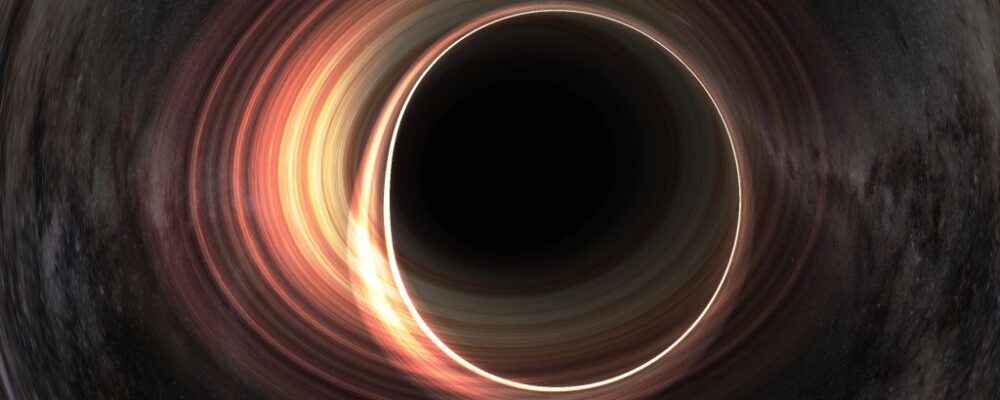A team of physicists simulated a black hole in a laboratory setting in 2022, creating an event horizon using a chain of atoms. This experiment allowed them to observe the equivalent of Hawking radiation, which is theorized to be emitted by real black holes.
Understanding Black Hole Analogues
The black hole analog was created by arranging atoms in a single file. This setup enabled electrons to ‘hop’ between positions, simulating the event horizon of a black hole. By adjusting the ease of this hopping, the physicists produced a rise in temperature that aligned with theoretical predictions for a black hole system.
According to the source, this rise in temperature occurred only when part of the atomic chain extended beyond the event horizon. This finding suggests that the entanglement of particles across the event horizon is crucial for generating Hawking radiation. The simulated radiation was thermal under specific conditions, indicating that it may only manifest in certain scenarios.
Implications for Quantum Gravity
The research aims to bridge the gap between the general theory of relativity and quantum mechanics, which currently conflict in their descriptions of the Universe. The study offers a method to investigate Hawking radiation without the complexities associated with actual black hole formation. The simplicity of the model allows for its application in various experimental setups.


